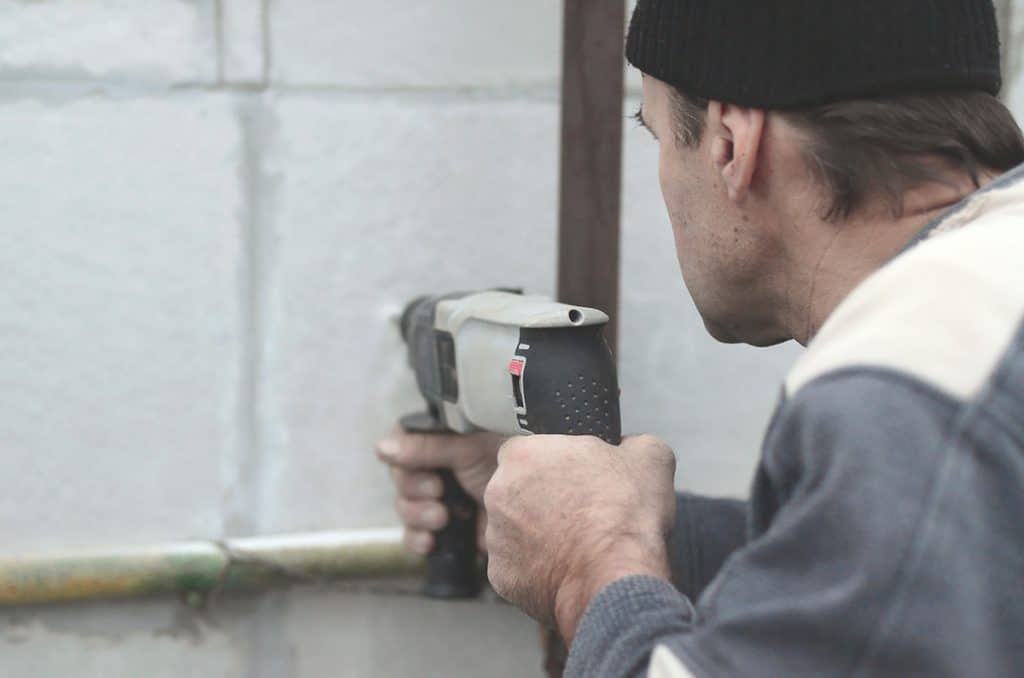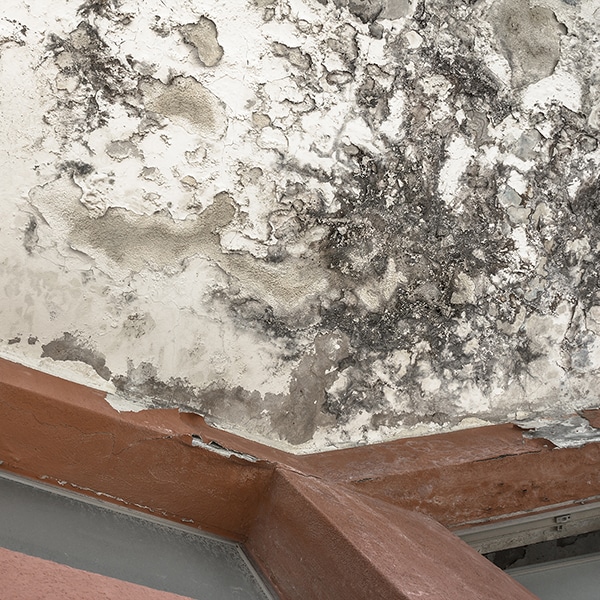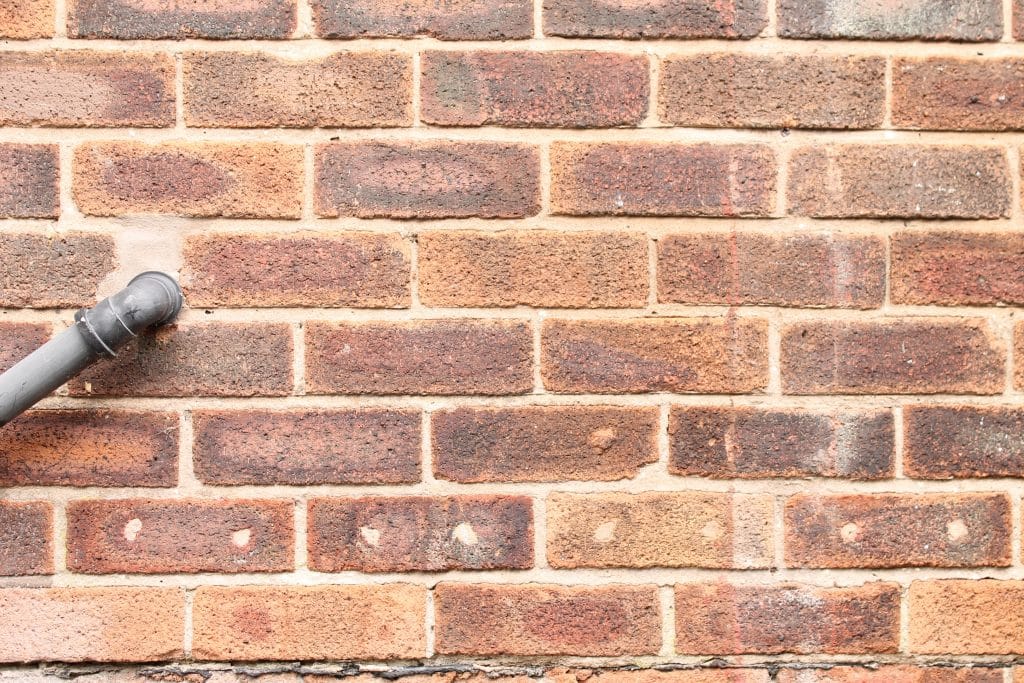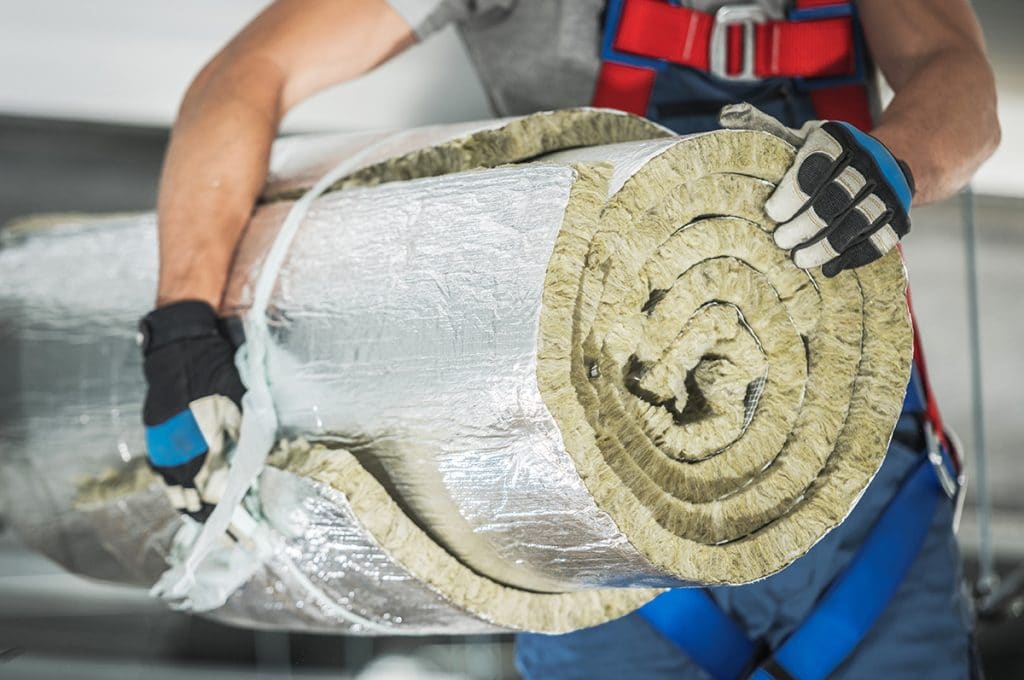What is Cavity Wall Insulation?
Cavity Wall Insulation (CWI) is the process of filling the ‘gap’ or cavity between two layers of brickwork with an insulative material, sometimes a foam board or sometimes a material made up of beads is injected into the wall. The material used depends on whether the building was built with the insulation or if it was retrofitted at a later date.
If you have solid walls then cavity wall insulation is not really an option for you, but for those with an empty cavity wall then it could be something worth looking into. It is an affordable option that helps to keep your home warm and keep the cold out.

1. It Can Reduce your Energy Bills.
On average CWI can save you between £100-£200 a year on your heating bill! So, for most people it will of paid for itself in just two years.
2. Keeps your Home Warmer
Cavity wall insulation, stops heat escaping from your home through the cavity walls, meaning your heating is more efficient and a more consistent level of warmth is kept.
3. Quick and Easy to Install
When installing CWI very little disruption is made to the household because all the work is done from the outside to the external walls. Small holes are drilled all over the wall and then an insulative material is injected through these holes into the cavity. If you are considering having it installed make sure the installer is CIGA (Cavity Insulation Guaranteed Agency) Certified.
4. Cheapest Energy Saving Measures You Can Install
CWI cannot be installed yourself; you will need a professional however its relatively inexpensive, a flat or mid-terrace house costs between £300-£400 and a detached house is about £700 on average. However, its definitely worth the initial cost when you consider its effectiveness and the potential savings.
What Are The Negatives of Cavity Wall Insulation?
After giving you all the positives of CWI, it may be good to weigh up the negative effects that CWI can sometimes have on you and your home.
There are many cases of poorly fitted insulation, so if you are considering having it installed then you will want to do some research on the potential installer and make sure they are a trustworthy.


Moisture Penetrating the Cavity
In areas exposed to wind driven rain, usually on the coast. Then rain water can make its way through the external brickwork and into the cavity and is soaked up by the insulation material, at this point the insulations ability to keep your home warm will reduce massively. As well as this the insulative material will carry water from the outside wall to the inside wall, leading to damp spots on your wall which is a huge problem to deal with.
These moist spots can sometimes lead to a really bad damp and mould problem which can have serve effects to your health. For some people the damp can cause throat and skin irritation or in severe cases allergic reactions!
Voids in the Cavity
As mentioned before about dodgy installers, it is known that some cut corners. Poor and rushed installation can lead to ‘voids’ in the wall where the insulative material hasn’t covered, meaning part of the wall is insulated and other spots are not. In a case like this you will end up with cold spots on your wall and overall this means that your insulation will not be working as well as it should be. In some cases your heating bill can increase to higher than before you had the actual insulation installed!
Condensation
Interstitial condensation is when condensation occurs in a cavity, in this case a wall cavity. It occurs on the external brickwork side of the cavity, when the internal walls become warmer than the outside, repelling the condensation away from the inner wall and condensing on the external brickwork instead. If the cavity was not filled then the air moving around the cavity would help to dry it up, however when its filled it sits on the wall. This becomes problematic in the colder months as the moisture that is trapped begins to freeze, expanding the brickwork and creates cracks.


Want To Find Out More?
If you’d like to find out more about CWI then check out our blog posts where we talk about the negative effects in more detail. If you think you have dodgy CWI then get in touch with us at Housing Triage and find out how we can help you claim compensation for poorly fitted CWI.

